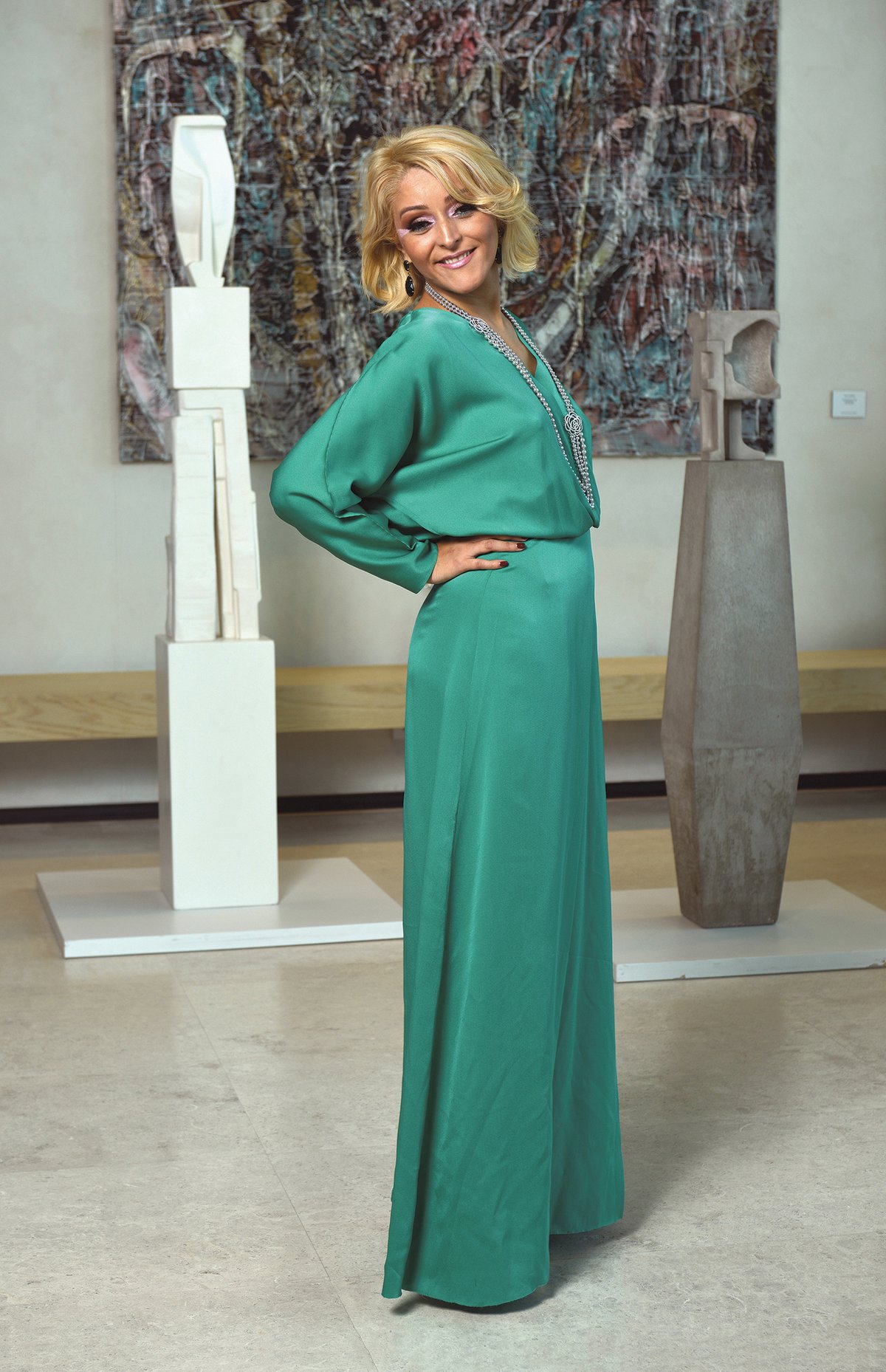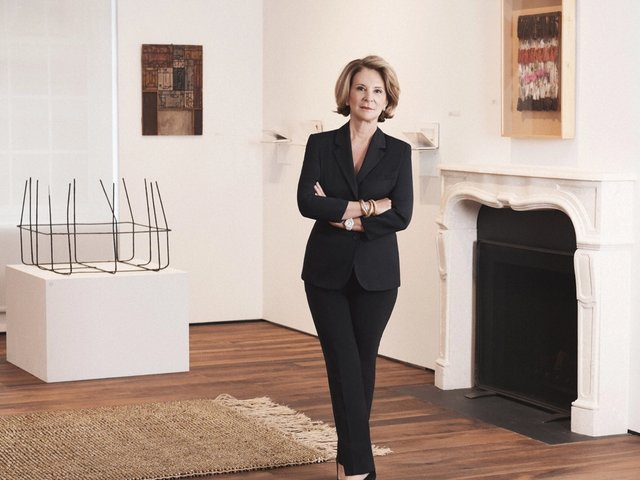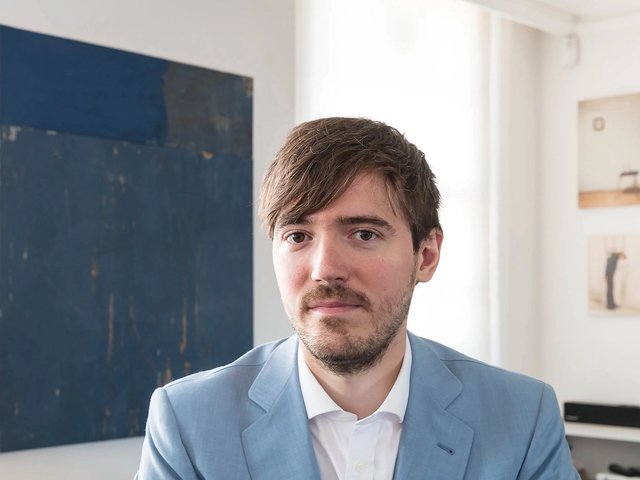An engineer by profession, Alejandra Castro Rioseco has been a committed supporter of women’s rights in her native Chile and further afield for almost two decades—she founded the Mujer Opina (Woman’s Opinion) foundation in Chile, which promotes a feminist perspective, and was involved in the creation of a gender equality bureau in the Chilean senate.
She collects almost entirely the work of female artists, particularly those from Latin America, and sits on the board of both El Museo del Barrio in New York and the Latin American art acquisition committee at the Guggenheim Museum in New York. Her pro-abortion campaigning has proved contentious in Chile, so now she divides her time largely between New York and, more recently, Dubai.
The Art Newspaper: What was the first work you bought?
Alejandra Castro Rioseco: It was a kinetic work by the Argentine artist Martha Boto, and although I did not know a lot about her, I guess the machinery attracted me, the engineering behind it. Later, I discovered that her work represented an important era in the art world, so you could say that thanks to that I discovered kinetic art, then feminist art, and I never stopped since. It was one of her pieces that awakened me.
What is your most recent buy?
The last work I purchased was National Times (Power-Line installation) (2016) by Agustina Woodgate at ArteBA in Buenos Aires.
What is your preferred way of buying art?
I don’t really have a favourite approach to buying art, but I like going to art fairs and meeting the artists and galleries. That is where my journey starts. Then with the team we study the works and decide—or not—to buy.
What is the most valuable piece in your collection?
That is difficult to say. Every piece has its history and relates to me, a bit like a child. It would be like asking a parent to name their favourite daughter or son. I move through [different] emotions often, so I consider each piece part of a valuable collection.
I don’t really have a favourite approach to buying art, but I like going to art fairs and meeting the artists and galleries. That is where my journey starts
If money was no object, what would be your dream purchase?
It is not about the money—that has little meaning to me. But if I could choose any work, I would go for El Tendedero (The Clothesline Project) by Mónica Mayer. This piece transforms into a performance and a means of expression by women in an act of political complaint. Truly magnificent, alive—just unique.
Which work do you regret not buying when you had the chance?
One that keeps coming back to my mind is a beautiful work by the Brazilian artist Anna Bella Geiger.
If your house was on fire, which work would you save?
Probably the drawing that a friend, [the artist] Tony Bechara made one evening while we were having dinner with our other friend [the jewellery designer] Chus Burés in New York, chatting about how to make our world a better place. Tony took a piece of paper and started drawing a face—[it was] incredible. Back at home, I framed it and put it up with my other favourite artists’ drawings.
Which work in your collection requires the most maintenance?
None of the works I have are difficult but rather complex and therefore beautiful.
What is the most surprising place you have displayed a work?
Lebanon. The country was completely unknown to me, so I was obliged to study and learn about the relationship between its culture and its art.
Which artists, dead or alive, would you invite to your dream dinner party?
What a great question: Judy Chicago, Martha Boto, Frida Kahlo (alone), Rana Begum, Carmen Herrera, Voluspa Jarpa, Paz Errázuriz, Pola Weiss, Liliana Porter and Mariela Scafati.
What’s the best collecting advice you have been given?
I believe each collector knows what’s best for him or herself. But I do try to motivate my friends, who are no experts, to invest in art like I do: learn about art, buy a small piece maybe, start to fall in love with the art world step by step, support good causes for and by artists. At the end of the day, art is something material that transmutes into the spiritual.




